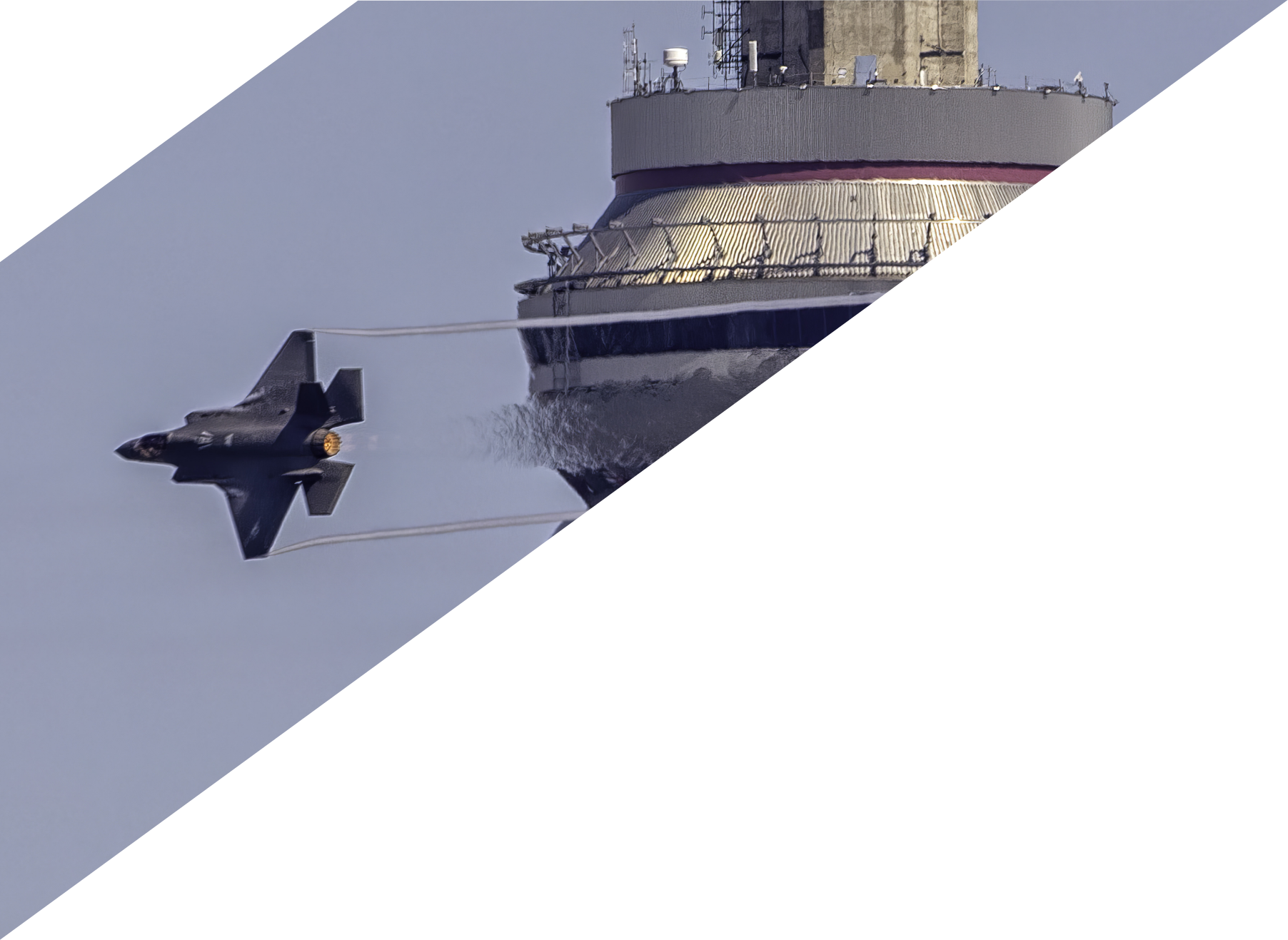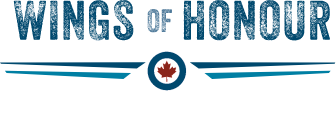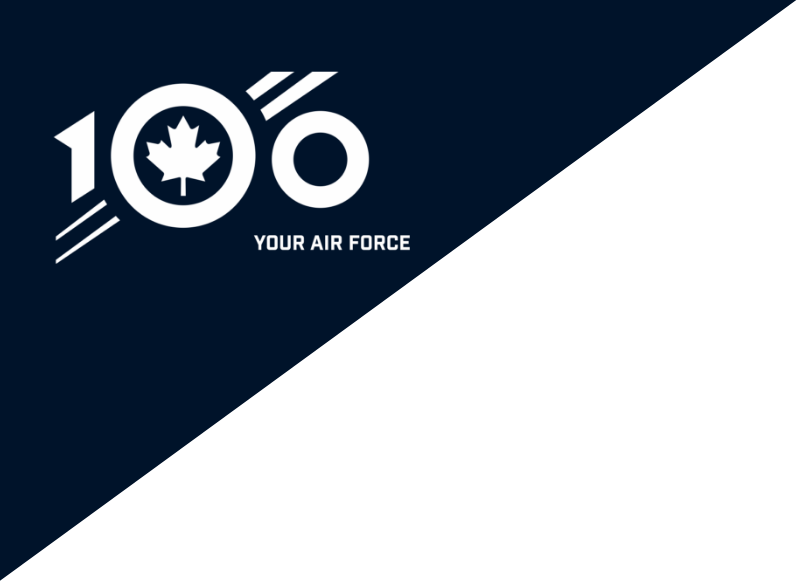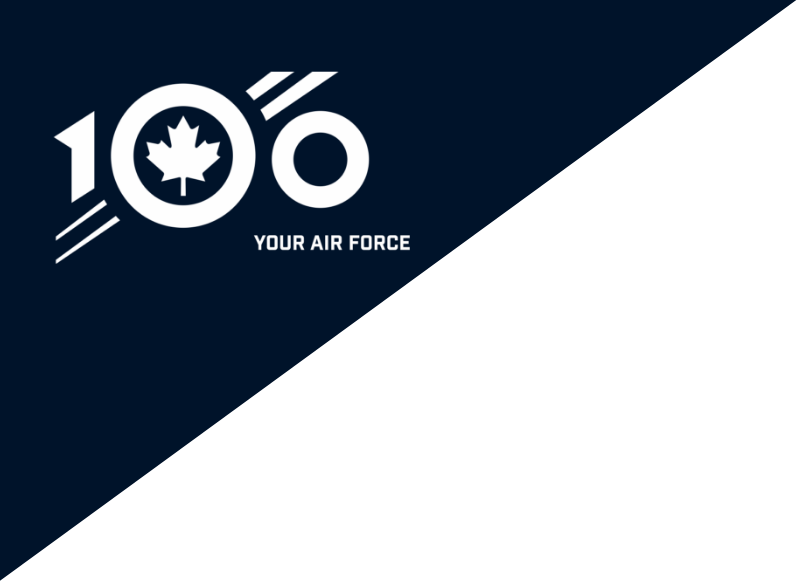
Tomorrow’s RCAF
To remain a mission-ready and combat-capable force, the RCAF relies on proactive measures to stay ahead of adversaries. This involves a commitment to modernization and to ongoing support for its personnel.
Developing better means of collaboration with allies, academia, industries, and local communities will ultimately lead to a greater safeguarding of Canada’s interests at home and abroad.
Canada is also acquiring state-of-the-art military equipment to enhance the safety and protection of Canadians and fulfill its commitments to its international allies and partners.
F-35 Lightning II
In 2026, the RCAF will receive its first F-35 — the world’s most advanced fighter jet. The F-35 fleet will grow to 88 aircraft in subsequent years, replacing the aging CF-188 fleet.
Five Important F-35 Features
Unparalleled stealth and sensor technology:
- increased combat advantage against any adversary
- patrol, monitor, and conduct surveillance without being easily detected
- increased mission survivability
Extended range and duration:
- operational mission radius of more than 600 nautical miles during low observable missions
Weapons capacity:
- capable of carrying more than 8,000 kilograms of weaponry
- adapts to various operational requirements
Global participation and interoperability:
- Canada’s closest allies’ jet fighter of choice
- seamlessly integrates with NORAD and NATO
- enhanced collaboration and coordination during joint global missions
Canadian sovereignty:
- enhanced capabilities to counter sophisticated adversary threats in Canada’s Arctic region


Space capabilities
From communications, mapping, surveillance, command and control, situational awareness, and weather updates to search and rescue, evolving space-based capabilities are critical to the success of RCAF operations.
Satellite communications
For the RCAF, satellite systems play a pivotal role in enabling communications over vast distances, such as international deployment zones or remote areas like the Canadian Arctic.
Clear and rapid communication between headquarters and subordinate units anywhere in the world is critical to the success of military operations.
Remotely Piloted Aircraft System (RPAS)
The RCAF’s acquisition of RPAS, a remotely piloted aircraft the size of a jet fighter, provides many advantages, including lower operational costs; safety, as there is no onboard pilot; versatility, as it can be used for aerial surveillance, mapping and environmental monitoring; accessibility, as it can be sent to regions that are impossible or dangerous for manned aircraft to reach; and real-time monitoring, as it provides immediate data on rapidly changing situations.
Unlike smaller drones, RPAS adhere to the stringent airworthiness standards applied to crewed aircraft.


Airbus CC-330 Husky
The RCAF is in the process of replacing its CC-150 Polaris aircraft with nine Airbus A-330s, designated the CC-330 Husky in RCAF service.
Eight A-330s will be modified into multi-role tanker transports equipped with airborne refuelling gear to refuel RCAF and allied aircraft. The ninth will ferry VIPs.
The nine aircraft will be stationed at two bases, one in eastern Canada and one in the west. The first CC-330 mission happened in November 2023.








